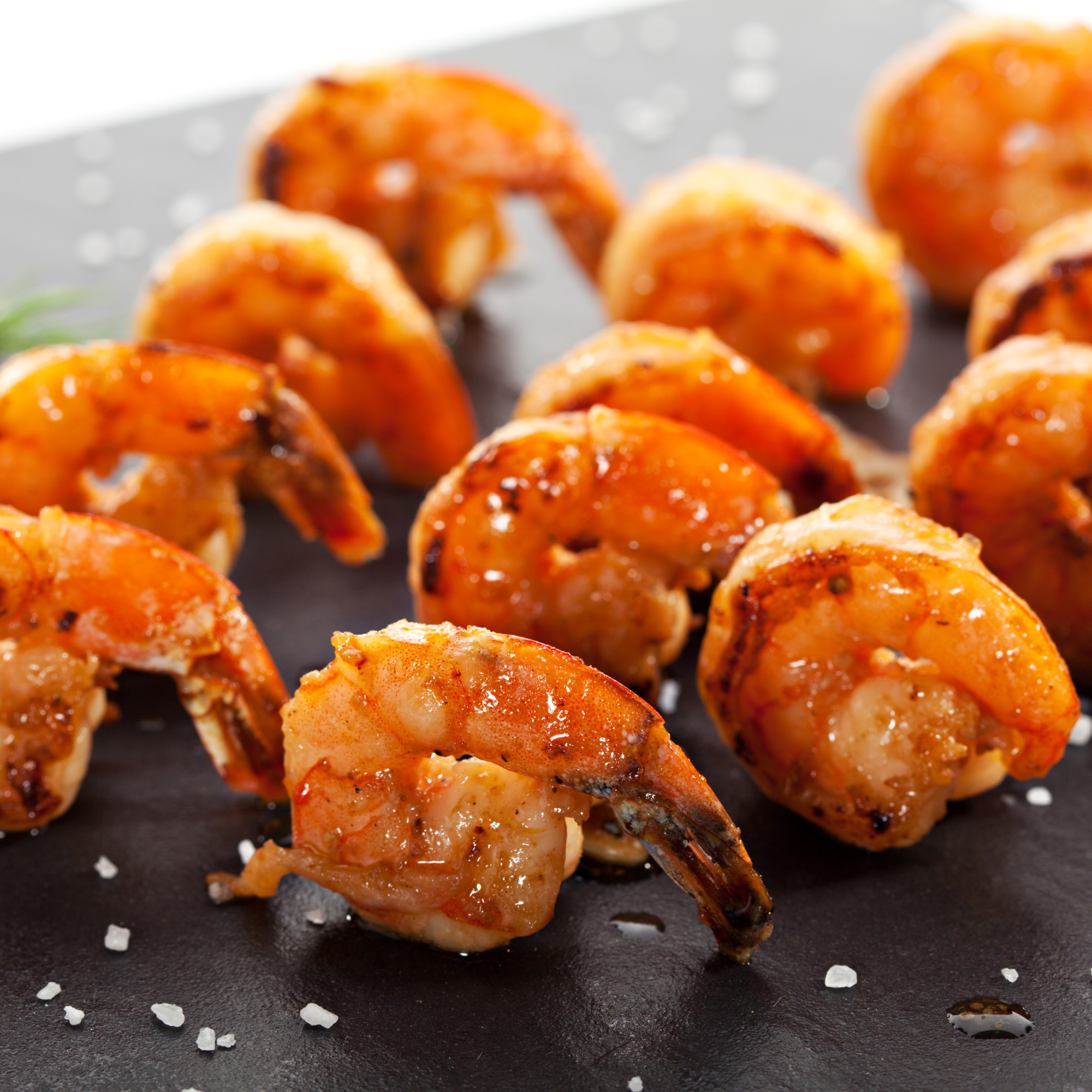When kids' meals are offered, or a kid-friendly recipe is offered, it's not likely that either will have seafood included in them. Kids are typically fonder of nuggets, fries, burgers, or pizza. A big maybe on fish sticks if anything. It's unfortunate too because seafood has so much amazing nutritional value and health benefits.
A lot of parents struggle to get their children to eat fish or other types of seafood. It's to a point where it is hardly offered anymore, as adults have put it on the wayside as well. According to the American Academy of Pediatrics, kids in the U.S. don't eat nearly enough fish and shellfish—especially compared to other protein sources. In fact, the report found that 90% of the animal protein children typically eat comes from sources other than fish.
No Seafood All-Around
Kids are not the only ones falling short on seafood consumption. Dietary Guidelines For Americans states that while 3 in 4 Americans consume more than enough meat, poultry, and eggs, nearly 90% of them don't eat enough seafood. If parents aren't eating it, their kids aren't eating it.
There are a lot of different reasons people aren't getting the proper intake of seafood. It's expensive. Looking at purchasing a small amount of fish for one person vs buying an entire chicken for the family, most parents are going to go with the more affordable option.
Seafood also has unique flavors that aren't necessarily good or bad, just different. Parents also worry about mercury consumption. Methylmercury can affect brain development and cause severe fatigue or blurred vision when ingested in high doses. Choosing from low mercury options and eating it in moderation should ensure safety.
Why Do Kids Need Seafood?
According to the Seafood Nutrition Partnership, the benefits of seafood for kids are big. Fish and shellfish supply protein, vitamins B-6, B-12, and D, and omega-3 fatty acids (especially DHA and EPA) are key nutrients found in seafood. These vitamins and nutrients promote healthy growth and development throughout childhood and can help minimize chronic disease risk later in life.
- Fish makes kids' brains bigger, says the American Journal of Preventive Medicine. The brain is nearly 60% fat, and omega-3 fatty acids found in seafood are among the most crucial molecules that determine the brain's ability to perform.
- Kids who eat fish at least once per week may do better in school. Seafood's omega-3s help your kids' brains develop, leading to higher IQs and improved reading and spelling skills according to the Multidisciplinary Digital Publishing Institute.
- Research shows that kids who eat fish at least once a week sleep better and have an IQ of about 4.8 points higher than those who seldom or never eat fish.
- Along with supporting healthy eye development, The Journal of Pediatrics says, seafood's omega-3s support our ability to detect light. Nearly half of our eye's light-detecting cell structure is made up of omega-3s.
- Fish is an excellent source of lean protein. It helps build strong muscles and strong bones.
- The Association For Child and Adolescent Mental Health states that children who consume more seafood have less anxiety and better focus. Omega-3s have been shown to help reduce behavior problems and aggression in children and their parents.
How To Get Children To Eat More Seafood
According to the FDA, children should eat one to two servings of fish per week, beginning at age 2. That is equivalent to 2 oz. Even that seems like a lot for some kids though. Kids don't like the smell, the taste, the texture, or something else. Fish usually gets a "P.U.," or, "yucky," from kids.
Make food fun. Any type of food can be made "fun" in an attempt to get kids to eat it. Eating Well suggests different ways of serving seafood that kids might enjoy:
- Make a creamy tuna sandwich spread and put it on toast.
- Try milder-smelling fish like Tilapia and shrimp.
- Try salmon burgers instead of beef burgers.
- Get creative with how it's presented.
- Try a variety of cooking methods (grilled, sautéed, air-fried, roasted, or steamed, for instance).
- Include a dipping sauce with hand-held items like shrimp or fish sticks.
- Add cooked tuna or salmon to your kid's current favorite foods, like mac and cheese.
- Make fish or seafood quesadillas instead of chicken or beef.
What To Do If That Doesn't Work
If it comes down to it, and eating fish is not an option, fish oil supplements, DHA, and EPA are available for kids. Because these nutrients are so important for child development and brain development, and kids don't naturally get them without eating seafood, supplements might be a good option for them.
In addition, some evidence suggests that omega-3s may be beneficial for avoiding allergies, improving sleep and school performance, and mitigating ADHD symptoms. However, scientists need to conduct more research on those fronts. Parents could also turn to plant sources such as flaxseed for children who don't eat fish.
Sources: American Academy of Pediatrics, Dietary Guidelines For Americans, Multidisciplinary Digital Publishing Institute Seafood Nutrition Partnership, American Journal of Preventive Medicine, Journal of Pediatrics, FDAAssociation For Child and Adolescent Mental Health, Eating Well

.png)
.png)

.png)
.png)